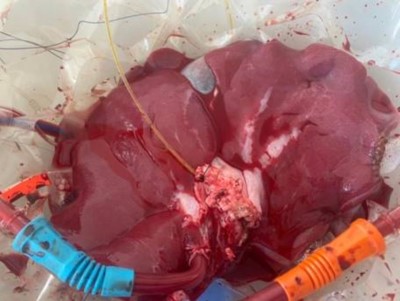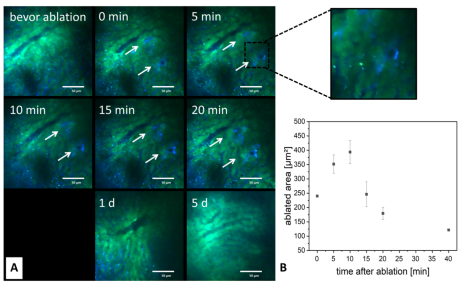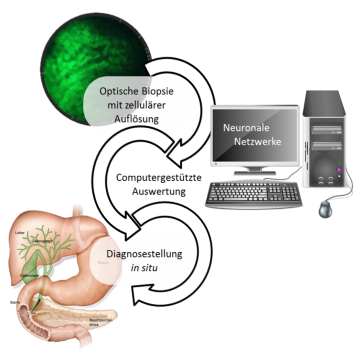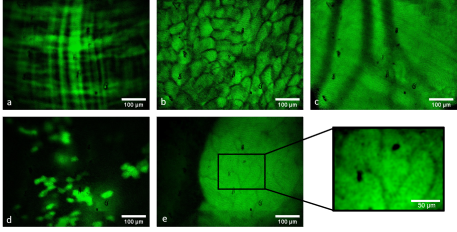
Liver Transplantation and Normothermic Machine Perfusion
Project leaders: Felix Oldhafer / Oliver Beetz
Liver transplantation is regarded as the first-line treatment for different end-stage liver diseases.
Due to an ongoing organ shortage, leading to an increased transplantation of extended donor criteria organs and an often poor condition of the recipients, current clinical strategies are in need of optimization.
Our workgroups aims to evaluate normothermic machine perfusion for individualized optimization of liver grafts in a porcine model.
Infrastructure: Primary Human Hepatocyte (MHH) / Humanized Mouse (UKE) Core Facility
Infrastructure coordinator: Florian Vondran
Located at Hannover Medical School (MHH), the Primary Human Hepatocyte (PHH) Core Facility provides research groups within the German Centre for Infection Research (DZIF) with hepatocytes freshly prepared from human liver tissue. The isolation of PHH is a standardized, technically complex procedure and PHH are only of limited availability. Along with PHH, cell populations from the non-parenchymal fractions and liver stem cells can be obtained upon request. However, hepatocyte functionality is rapidly lost in vitro and there is there is an urgent need to create a scientific infrastructure dedicated to the generation of in vivo systems enabling infection studies and long-term antiviral drug evaluation. Thus, the unit recently has merged with the Humanized Mouse Platform lead by Prof. M. Dandri at UKE to serve as a new competitive technological platform enabling in vitro and in vivo infection studies with human hepatotropic viruses and preclinical evaluation of new therapeutic concepts within the Thematical Translation Unit Hepatitis as well as to support other Thematical Translation Units within DZIF.

Longitudinal imaging and laser manipulation in vivo using an abdominal imaging window
Project leaders: Daphne DeTemple / Stefan Kalies (NIFE)
The liver is known to possess extensive regenerative capabilities, the processes and pathways of which are not fully understood. In order to gain a better understanding of liver regeneration, we combine longitudinal imaging analysis in vivo through an abdominal imaging window in the mouse with simultaneous manipulation on a single cell level.

In vivo imaging of organs via endoscopic, fiber based fluorescence and hyperspectral microscopy
Project leaders: Stefan Kalies (NIFE) / Daphne DeTemple
Our approach of guided tissue imaging in vivo permits the acquisition of microscope like images. The use of a small imaging fiber endoscope to gain multi-colour images allows for minimally invasive, recurrent imaging sessions.

Hyperspectral imaging
Project leaders: Daphne DeTemple / Stefan Kalies (NIFE)
Hyperspectral imaging generates images of the analysed tissue via recording of the microscopic structure with simultaneous detection of the reflection spectrum of every pixel. With this approach, a label-free evaluation of the tissue composition is possible (i.e. without further staining).